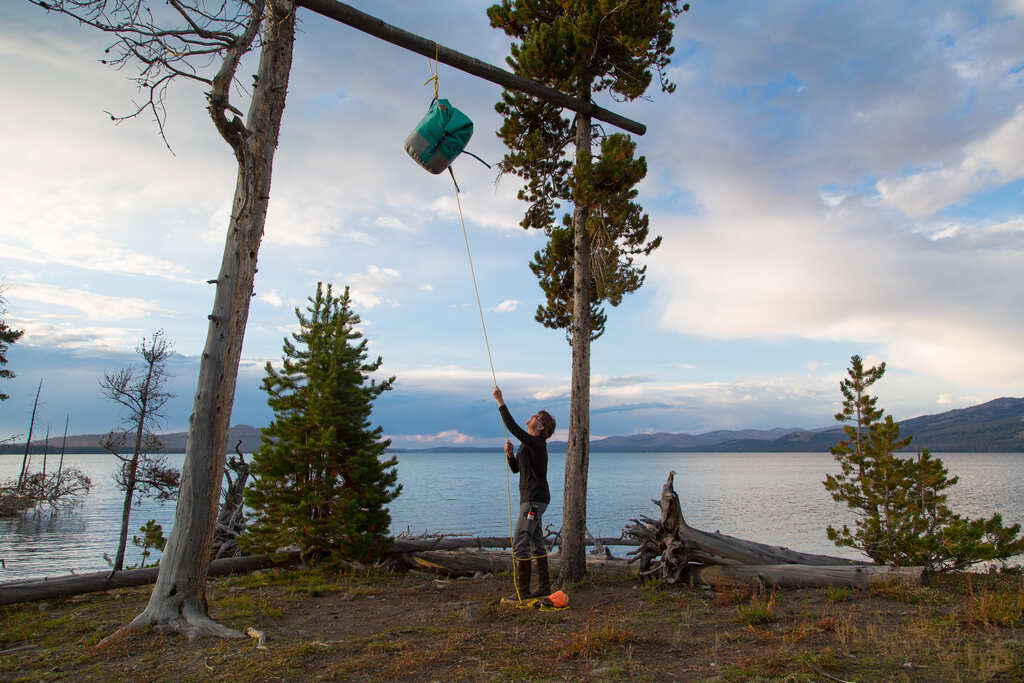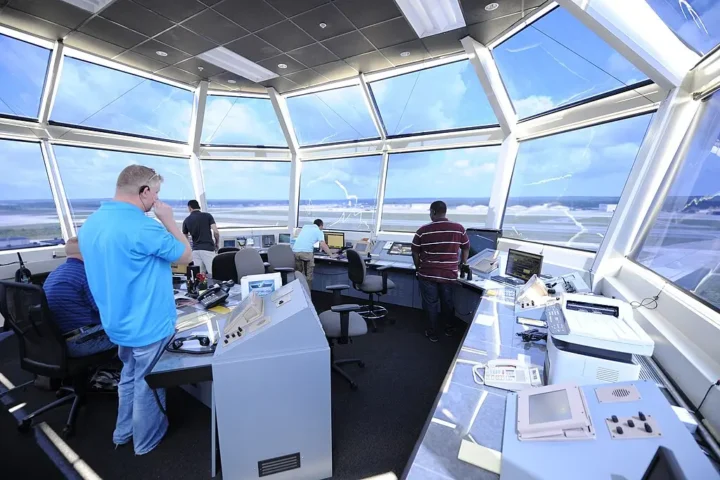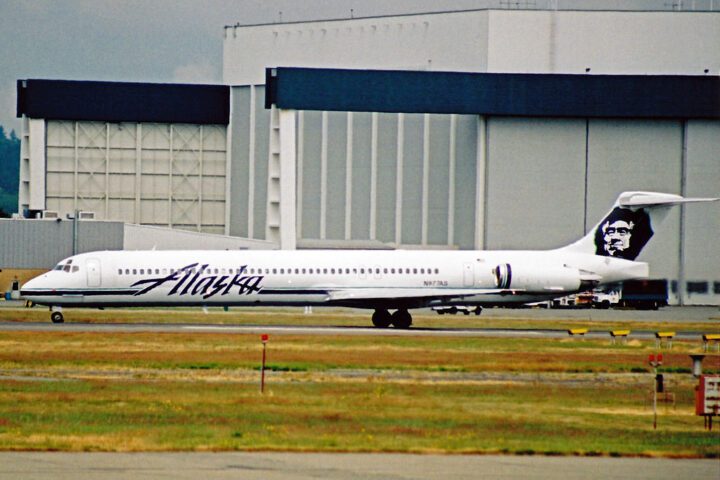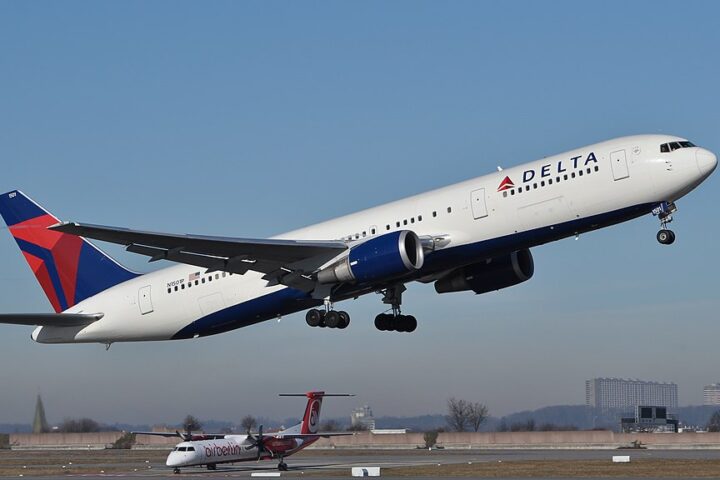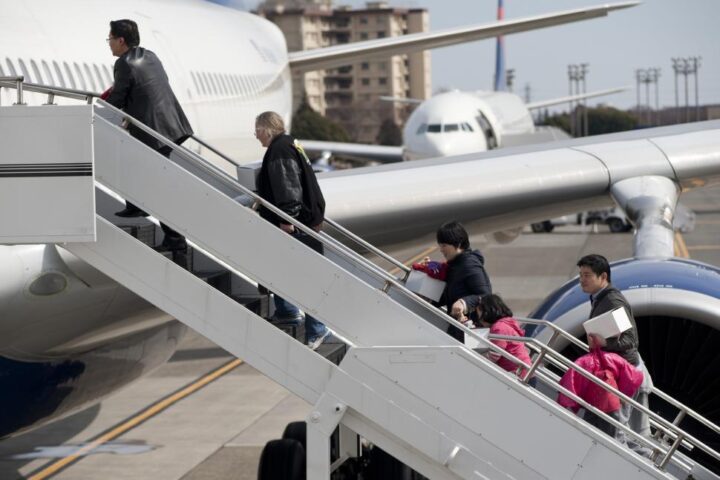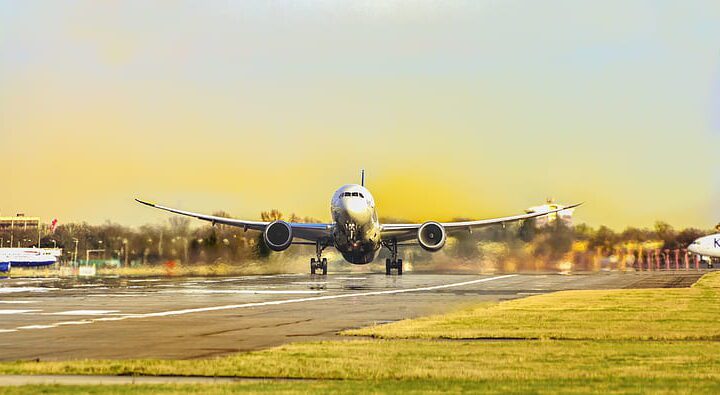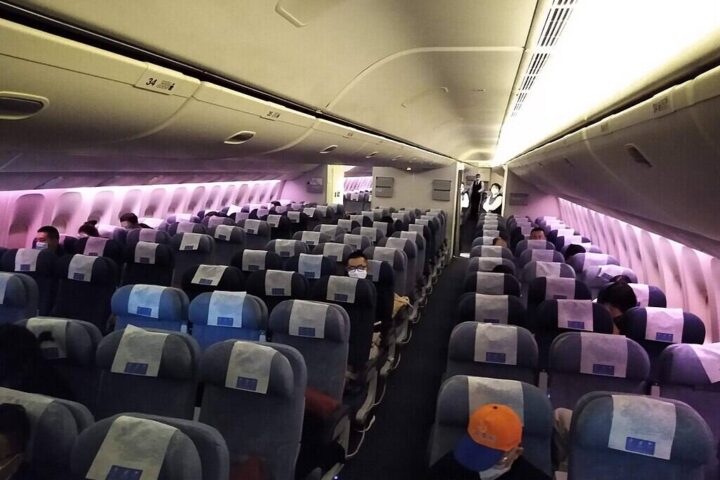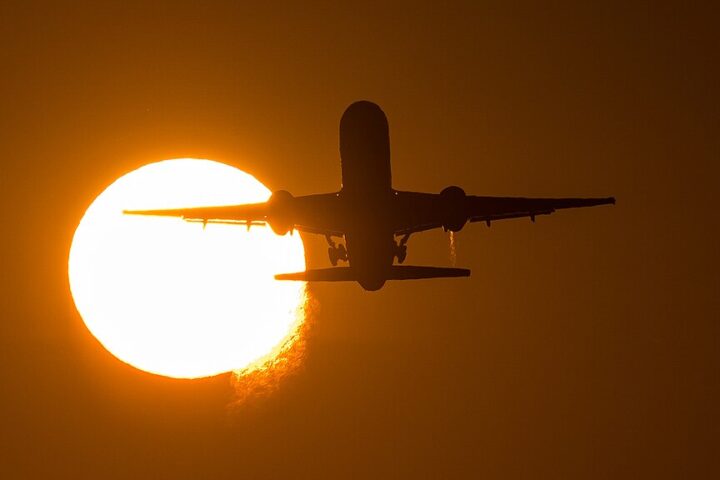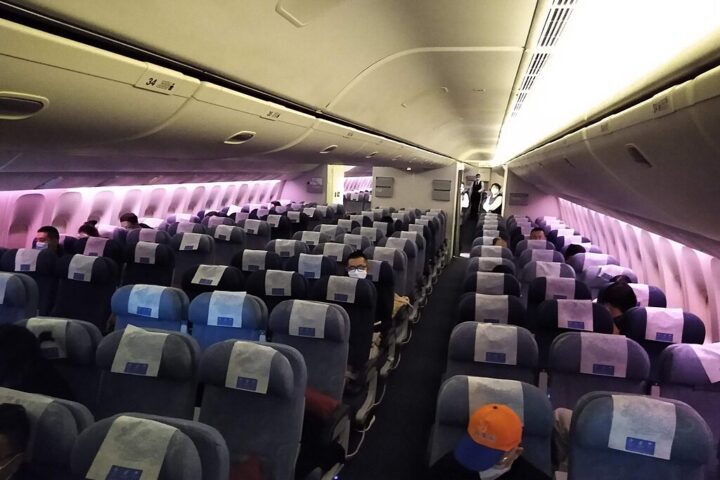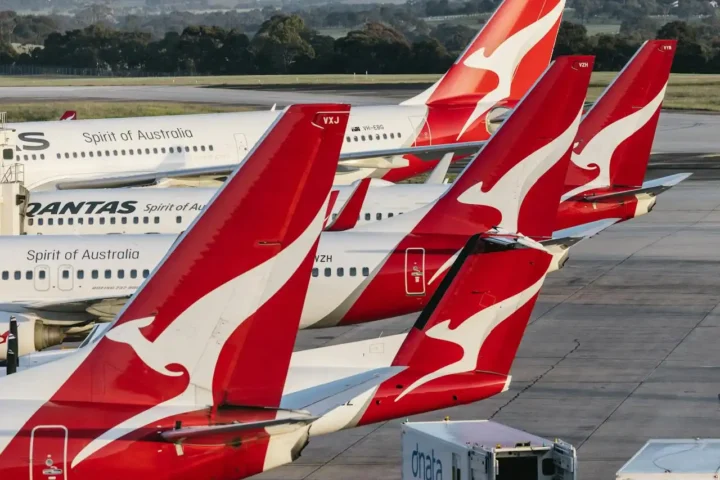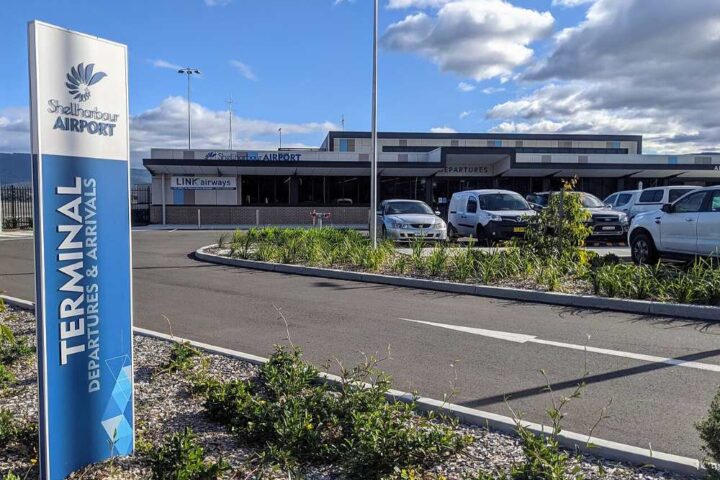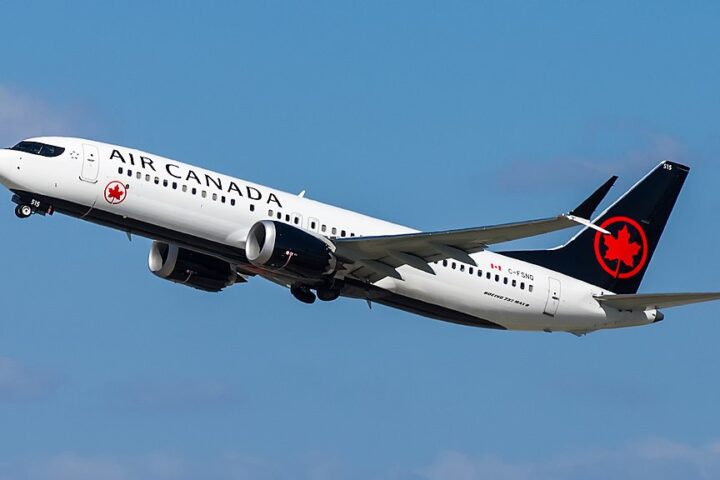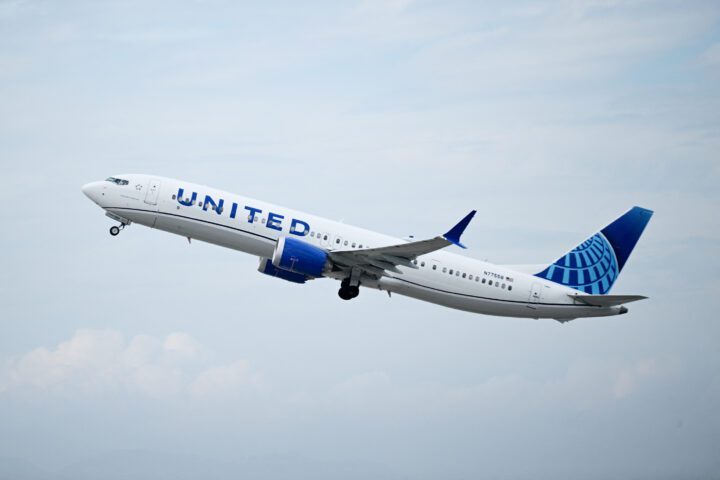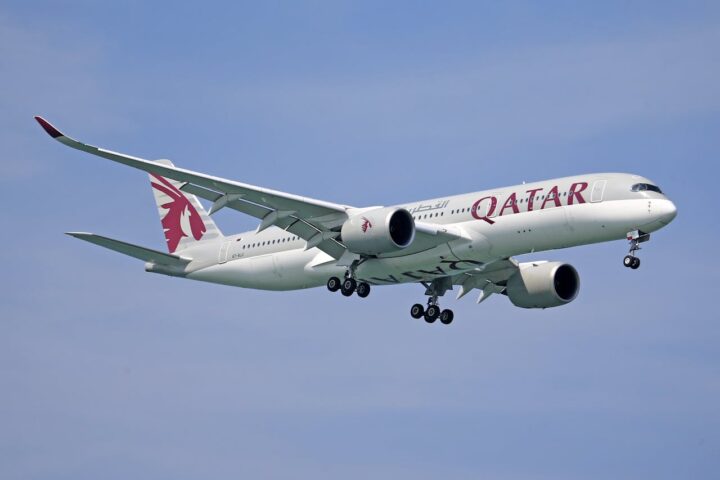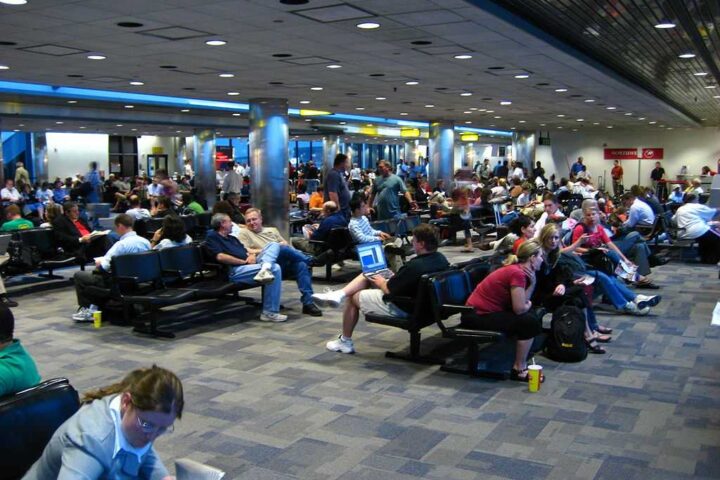Alaska Airlines halted all flights Sunday night when an IT system failure forced a nationwide ground stop. The outage grounded more than 200 aircraft across Alaska Airlines and Horizon Air networks for approximately three hours, creating a ripple effect of delays that continued into Monday morning.
At approximately 8 p.m. Pacific Time on July 20, 2025, Alaska Airlines requested a system-wide ground stop through the Federal Aviation Administration, halting all departures across its network. The airline’s IT systems experienced a complete outage, affecting both mainline Alaska flights and regional Horizon Air operations.
“At approximately 8 p.m. Pacific on Sunday, Alaska Airlines experienced an IT outage that’s impacting our operations,” Alaska Airlines stated in its official announcement.
The ground stop remained in effect until approximately 11 p.m. PT, when the FAA lifted the restriction. The FAA’s Air Traffic Control System Command Center advisory confirmed both the implementation and cancellation of the ground stop through official notices.
While flights resumed after three hours, the schedule disruption was significant. Even brief ground stops create cascading effects where crew duty-time limitations, aircraft positioning, and passenger connections fall out of sync.
The three-hour stoppage meant flight crews faced duty-time limitations as regulated by FAA requirements. Under FAA regulations, when crews reach their maximum legal work hours, replacements must be found or flights further delayed. Aircraft that should have repositioned for morning flights remained out of place, forcing continued adjustments into Monday.
Alaska advised passengers to monitor their flight status before heading to airports, stating: “There will be residual impacts… Please check the status of your flight before leaving for the airport.”
This wasn’t Alaska’s first experience with system failures. On April 17, 2024, the carrier briefly grounded all departures due to a weight-and-balance calculation system issue. Earlier that year, Alaska had grounded its entire fleet of 65 Boeing 737-9 MAX jets after the January 5 door-plug incident, pending weight-and-balance checks.
Even further back, on October 8, 2012, Alaska faced major disruptions when a severed Sprint fiber cable in Seattle cut connectivity to the Sabre reservation system, canceling 70 flights and delaying 130 more until service was restored at noon. During that incident, the airline implemented manual check-in processes and waived change fees, offering rebooking through October 22, 2012.
Modern airlines operate on interconnected reservation systems, crew scheduling applications, weight-and-balance calculators, and maintenance tracking platforms. When one component fails, the entire operation can be affected – as demonstrated by Sunday night’s system-wide halt.
Similar Posts
Few outlets detailed passenger recovery rights under DOT rules. During previous system outages, Alaska implemented flexible rebooking policies and waived change fees. After the October 8, 2012 fiber outage, customers could rebook through October 22 without fees.
Under Department of Transportation regulations, passengers on significantly delayed flights may be entitled to accommodations or rebooking options, though the specific compensation varies based on the nature of the delay and individual airline policies.
FAA Order JO 7110.65 defines ground stops as traffic management tools requiring aircraft meeting specific criteria to remain on the ground. These measures override other traffic management initiatives and require the originator’s approval before being lifted.
The FAA typically implements ground stops when acceptance rates are reduced or to control airspace volume. In this case, the ground stop was requested by Alaska Airlines itself after its IT outage.
The technical nature of this outage hasn’t been fully clarified – whether it stemmed from internal software issues, vendor network problems, or third-party provider failures remains unreported. This information transparency is valuable for both passenger trust and future prevention strategies.
The Alaska incident isn’t isolated in the aviation world. The CrowdStrike-Microsoft outage on July 19–20, 2024, led to global airline delays and cancellations, affecting thousands of flights across multiple carriers.
Aviation experts suggest passengers:
- Download airline mobile apps for real-time alerts
- Keep travel schedules flexible when possible
- Understand their rights under DOT regulations
- Consider direct flights where feasible to minimize connection risks
As of Monday morning, Alaska Airlines has resumed normal operations, though some residual delays persisted as the carrier worked to reposition crew and aircraft. The airline continued to advise guests to verify flight status before departing for airports.
Neither Alaska nor the FAA provided root-cause details as of July 21. No immediate comment has been issued by the Department of Transportation, though the FAA continues to coordinate with Alaska Airlines to monitor system recovery.



